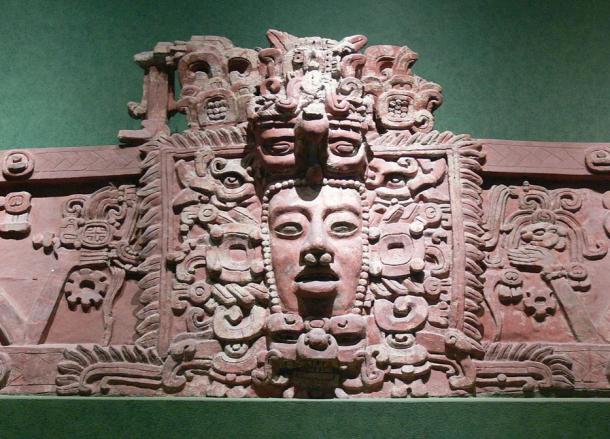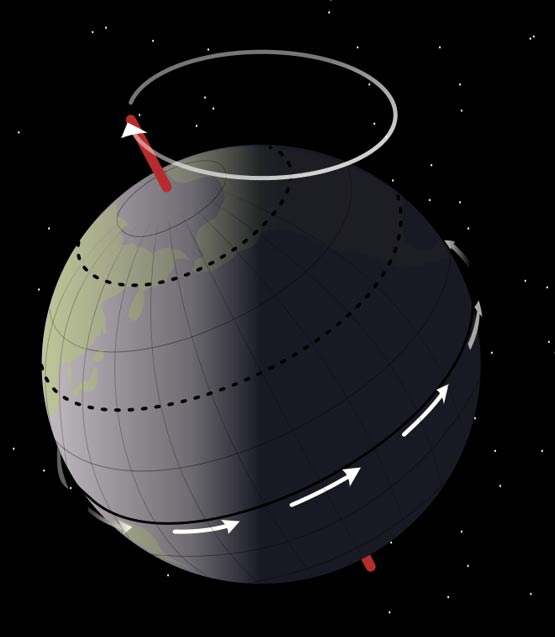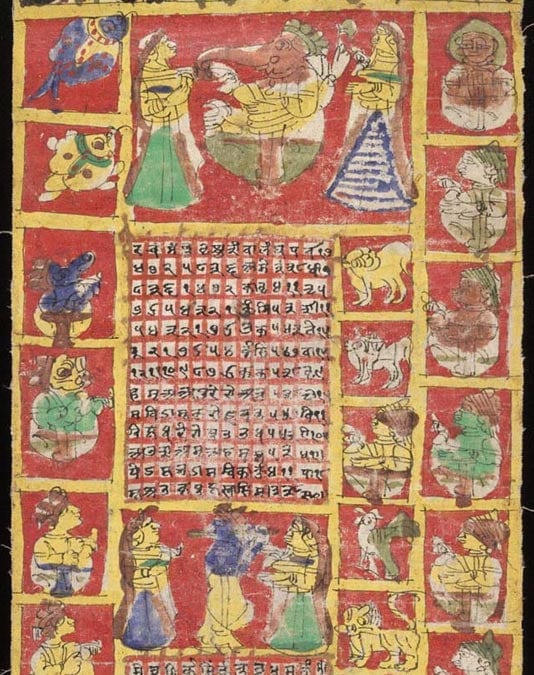Ancients - Sacred Calendars and New Years: Cycles of Time and Ages
The global holiday of a new year symbolizes all we have experienced for the duration of the year, and all our hopes and dreams for the year ahead. Such observances date back over 4,000 years, often in conjunction with the solstices and equinoxes that marked the cycles of natural seasons.
In ancient Mesopotamia, the celebration of a new year over 4,000 years ago might have taken place on the Spring Equinox, in the middle of March, a date also revered throughout the Middle Ages. Egyptians began their new year with the Autumnal Equinox, and Greeks with the Winter Solstice. Ancient Romans dedicated the day to the god of beginnings (as well as doors and gateways), Janus, for which the month of January is named. The Chinese New Year coincides with the first day of the lunar calendar, usually falling between January 20th and February 20th. No matter which date chosen, the emphasis was, and still is, on the importance of the cycles of time and the ends and beginnings they symbolize.
The World Ages of the Mesoamericans

Maya mask. Stucco frieze from Placeres, Campeche. Early Classic period (c. 250 - 600 AD) (CC BY-SA 3.0)
For Pre-Columbian Mesoamerican cultures, cycles of time were marked and measured with the variety of calendars they utilized. One of these, the Sacred Calendar, also known as the “tzolkin” or “count of days,” was a 260-day calendar used by the Mayan until the rise of the Gregorian calendar in 1582. The tzolkin measured time by the usage of a 13-day count and a 20-day cycle that parallels it, with a differing sign ascribed to each day, collectively known as a “uinal.” The 13-day count and the uinal together give each day its own unique number (kon) and corresponding sign. The total number of possible number/sign combinations is 260, with each number and corresponding sign recurring every 260 days.
- The Ancient Roots of Doomsday Prophecies and End of the World Beliefs
- How Ancient People Marked the Equinox Around the World
- Cosmological discoveries lend support for legendary Great Year
The Mayan “Long Count” consisted of thirteen baktuns, periods of 400 tuns (360-day periods). One baktun is thus 400 x 360 = 144,000 days (394.3 solar years). A period of 13 baktuns, totaling 5,125.36 years, is called a World Age. Five World Ages equal a precession cycle of approximately 25,627 years. At the height of their cultural achievement during the Classic period (250 AD – 900 AD) the Mayan gained a stunning understanding of astronomy and the cosmos, including the precession of the equinoxes, which many historians and archeologists suggest was “discovered” by the Greek astronomer Hipparchus around 120 BC, and later refined and expanded upon by Newtonian physics in 1687.

East side of stela C, Quirigua with the mythical creation date of 13 baktuns, 0 katuns, 0 tuns, 0 uinals, 0 kins, 4 Ahau 8 Cumku – corresponds to August 11, 3114 BC in the proleptic Gregorian calendar. (Public Domain)
The precession is a slow westward shift of the equinoxes along the plane of the ecliptic, resulting from the precession of the earth’s axis of rotation, causing the equinoxes to occur earlier each sidereal year. The precession of the equinoxes occurs at a rate of 50.27 of an arc a year, with a complete precession requiring 25,800 years. This precession is caused by the gravity of the Sun and Moon acting on the Earth’s equatorial bulge, creating a wobbling in the orientation of the axis of the Earth at cycles of approximately 25,627 years. This cycle is called a Great Year.
Western astrologers typically mark the beginning of the year at the Spring Equinox, when the sun is located in the constellation Aries. As the sun progresses through the zodiac signs, the precession is complete, although the beginning of the year does change slightly each spring equinox, due to a slight alteration in the positioning of Aries. An Astrological Age is defined as one movement of the sun from one zodiac sign to another, and takes approximately 2,150 years. The twelve signs total a precession Great Year, approximately 25,000 years.

Precessional movement of the Earth. (Public Domain)
Eastern Calendars Marking Life and Time on Earth
The World Ages of the Mesoamericans have a counterpart in the Vedic Yugas, part of the vast mythology of the Hindu describing the evolution of life and time on Earth. Each successive Yuga is one quarter shorter in duration then the one before it. The standard approach to the Yugas states that an entire Yuga cycle takes 4,320,000 years to complete. This is called a rotation of the Yuga cycle, and Hindu scripture also measures an even greater cycle of time, the Kalpa, which is one thousand Yuga cycles, or 4,320,000,000 years. These cycles rotate over and over, for all of eternity.

Detail; Fabric Hindu calendar/almanac corresponding to Western years 1871-1872. From Rajasthan in India. (Public Domain)
The current Kali Yuga is believed to be a period of darkness and despair, when the more materialistic and greed-based goals of humanity threaten to push the species to the brink of extinction. The Kali Yuga is considered the final World Age, a time of negativity and destruction.
The Theravada Buddhist “Visuddhimagga” mentions a 64-world cycle that periodically cleanses the planet and destroys humanity. The 64-world cycle is divided into eight cycles of destruction – seven by fire and one by water, which repeat seven times. The eighth cycle is a final apocalypse of devastating winds. Then, the entire 64-cycle begins again.
- New Year, Old Calendar: The Origins and Controversy of the Gregorian Calendar
- Nowruz - The Persian New Year and The Spring Equinox
- The Origin of Lunar New Year and the Legend of Nian
Novelty Theory
A common element of all of these cycles of time is the notion of time acceleration. The speeding up of time, as it corresponds to the awakening of human consciousness, is a shared concept when discussing such diverse topics as information theory, singularity and novelty within living systems. Novelty Theory seeks to calculate the rate of novelty, or newness, in the universe as it relates to time. It has some basic tenets including:
1)The Universe is a living system with a teleological attractor at the end of time that drives the increase and conservation of complexity in material forms. The word "teleological" is derived from the Greek word telos, meaning end or purpose.
2)Novelty and complexity increase over time, in a snowball effect, despite repeated setbacks.
3)The human brain represents the pinnacle of complex organization in the known universe.
4)That as complexity and sophistication of human thought and culture increase, universal novelty approaches a Koch curve of infinite, exponential growth. That in the time immediately prior to and during this omega point (singularity) of infinite novelty, anything and everything the human mind can conceive will occur simultaneously.
Ancient Understandings and Path of the Future
Perhaps our new cycles of time will be measured by our collective level of consciousness, rather than the passage of days, weeks, months and years. As we come closer to the point of infinite knowledge, perhaps time might even cease to exist in a linear fashion at all. Then, we will have achieved a new beginning, not just of a cycle, but also of humanity itself.

No comments:
Post a Comment